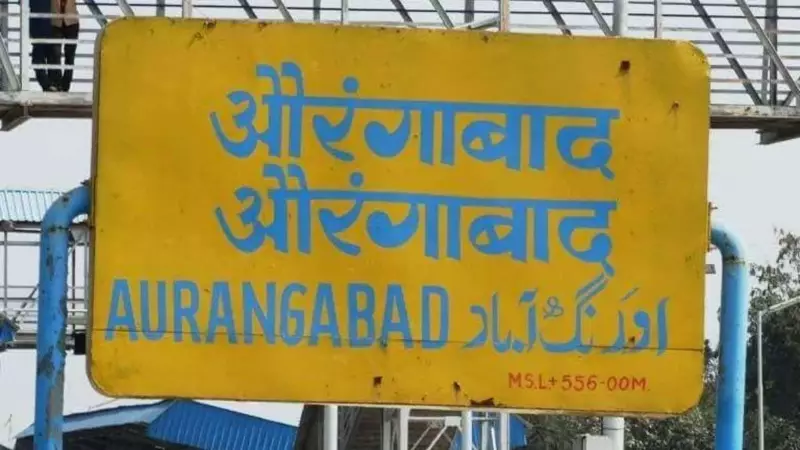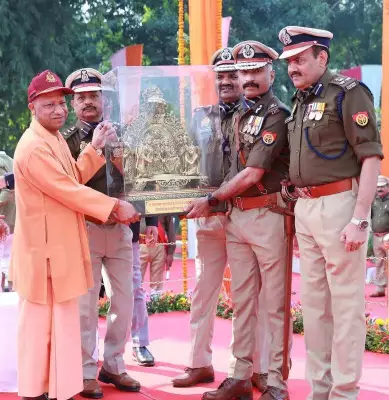
In a significant historical and cultural move, the Aurangabad railway station in Maharashtra has been officially rebranded as Chhatrapati Sambhajinagar railway station. This formal renaming ceremony marks the culmination of a process that began with the city's transformation earlier this year.
The Official Ceremony and Dignitaries
The renaming ceremony was conducted with considerable fanfare, featuring Union Minister Raosaheb Danve as the chief guest. The event saw participation from numerous railway officials, local representatives, and community members who gathered to witness this historic moment.
Background: From City to Railway Station
This railway station renaming follows the Maharashtra government's decision to change Aurangabad city's name to Chhatrapati Sambhajinagar back in July 2022. The railway station's transformation represents the final step in implementing this comprehensive name change across all major infrastructure and public facilities.
Who Was Chhatrapati Sambhaji Maharaj?
The new name honors Chhatrapati Sambhaji Maharaj, the courageous son of the legendary Maratha warrior king Chhatrapati Shivaji Maharaj. Sambhaji Maharaj ruled the Maratha Empire from 1681 to 1689 and is remembered for his valiant resistance against the Mughal empire, ultimately sacrificing his life for his principles and people.
Implementation Timeline and Process
The formal proposal for renaming the railway station reached the Union government in June 2023. After necessary approvals and administrative procedures, the official implementation now brings consistency between the city's identity and its crucial transportation hub.
This renaming signifies more than just a change of signage – it represents a cultural reclamation and honor for one of Maharashtra's most revered historical figures. The Chhatrapati Sambhajinagar railway station will continue serving as a vital transportation link while now carrying the name of a Maratha empire hero.





